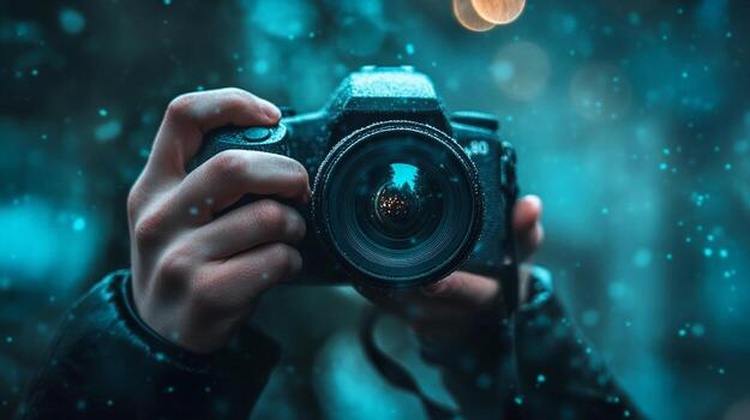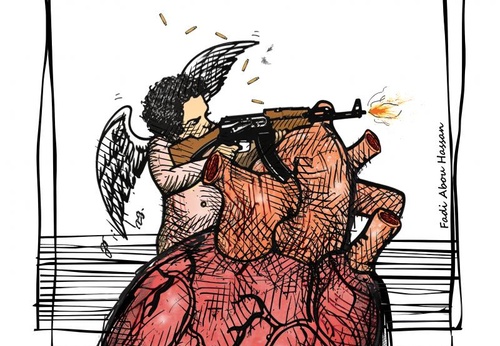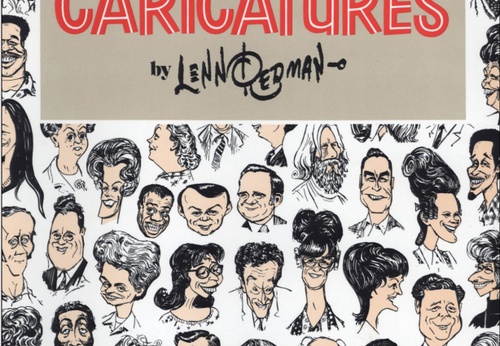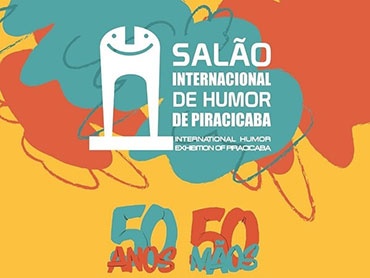
The Art of Photography: Capturing the Essence of the Moment
For a long time, the debate about whether photography is a genuine art form occupied critics and academics. Today, that discussion is settled. Photography is not only one of the most relevant artistic expressions of modernity, but also a fundamental tool for telling stories, documenting reality, and exploring subjectivity.
Beyond Faithful Representation
Unlike its beginnings, where the need for precise documentation was paramount, artistic photography is not limited to faithfully reproducing what is in front of the lens. The artist-photographer uses the camera like a paintbrush, transforming the ordinary into the extraordinary. Through composition, the interplay of light and shadow, selective focus, and editing, they create a unique image that bears their personal stamp and their vision of the world.
The Pillars of Photographic Expression
1. Composition: It is the secret language of a great photograph. The rule of thirds, guidelines, natural framing, and symmetry are some of the resources photographers use to direct the viewer's gaze and convey a sense of balance, tension, or harmony.
2. Light: Photography is, literally, "writing with light." The quality, direction, and intensity of light shape volumes, create atmospheres, and define the mood of the image. The soft golden light of sunset evokes warmth, while backlighting can generate mystery and drama.
3. The Decisive Moment: A concept popularized by Henri Cartier-Bresson, this refers to the ability to capture a fleeting and significant instant where all the elements of the scene align perfectly. It is the magical intersection of the photographer's eye, mind, and heart.
4. Narrative: Every great photograph tells a story or evokes an emotion. Whether it's an intimate portrait, a vast landscape, or a street scene, the image invites the viewer to wonder what came before and after the click, stimulating their imagination and empathy.
Photography in the Digital Age
The digital revolution democratized access to photography and infinitely expanded its creative possibilities. Editing with specialized software has become a natural extension of the process, allowing total control over the final result. However, the fundamental principle remains: technology is a tool, but artistic vision is born from the human being.
Conclusion
Photography as art is a constant dialogue between external reality and the artist's inner perception. It is a testament to time, a reflection of society, and an exploration of beauty in its many forms. In a world saturated with images, true photographic art remains that which compels us to pause, to feel, and to see the world with new eyes, reminding us that the magic lies not only in what is seen, but in how we choose to see it.
Latamarte

- November 12, 2025
Brescia, an exhibition of works by the Palestinian collective Eltiqa

- November 12, 2025
The Art of Photography: Capturing the Essence of the Moment


- November 12, 2025
Untitled

- November 12, 2025
How to Draw Caricatures by Lenn Redman

- November 12, 2025
Eduardo Sarmiento - Cuba

- November 11, 2025
COP 30

- November 11, 2025
The Power of Visual Arts

- November 11, 2025
How to Be an Illustrator by Darrel Rees

- November 12, 2025
The Art of Photography: Capturing the E…

- November 11, 2025
The Power of Visual Arts

- November 09, 2025
Contemporary Art and Its Diverse Forms …

- November 08, 2025
Graffiti: From the Street to the Galler…

- November 08, 2025
Street Art in Latin America

- November 05, 2025
Art as Bridges: Creativity and Identity…

- November 04, 2025
Mexican Painters Who Left Their Mark on…

- November 03, 2025
Art and Identity in Latin America

- November 02, 2025
The horror and hope of Gaza's children …

- November 01, 2025
The Role of Artificial Intelligence in …

- October 30, 2025
Artificial Intelligence and Its Applica…

- October 30, 2025
Artificial Intelligence in Art

- October 30, 2025
Artificial Intelligence in Art: Creatio…

- October 29, 2025
Street Art and Graffiti — The Colorful …

- October 28, 2025
Difference Between Documentary and Arti…

- October 28, 2025
Photography as Art

- October 27, 2025
Escultura e Instalaciones Contemporánea…

- October 27, 2025
Sculpture and Installations: The Expans…

- October 26, 2025
The 5 museums with free admission that …

- October 25, 2025
Major Contemporary Artists

- August 29, 2023
The history of Bolivian art

- February 19, 2024
Analysis and meaning of Van Gogh's Star…

- January 28, 2024
Culture and Art in Argentina

- September 25, 2023
What is the importance of art in human …

- September 23, 2023
What is paint?

- August 10, 2023
14 questions and answers about the art …

- August 23, 2023
The 11 types of art and their meanings

- August 30, 2023
First artistic manifestations

- September 23, 2023
Painting characteristics

- January 12, 2024
10 most beautiful statues and sculpture…

- March 26, 2024
The importance of technology in art1

- September 23, 2023
History of painting

- April 02, 2024
History visual arts in Brazil

- April 06, 2024
History of visual arts in Ecuador

- March 26, 2024
Cultural identity and its impact on art…

- August 16, 2023
The 15 greatest painters in art history

- October 18, 2023
History of sculpture

- August 27, 2023
The history of art Mexico

- January 31, 2024
Examples of Street Art – Urban Art

- April 07, 2024
Graffiti in Latin American culture

- February 19, 2024
Analysis and meaning of Van Gogh's Star…

- August 13, 2023
9 Latino painters and their great contr…

- August 23, 2023
The 11 types of art and their meanings

- August 10, 2023
14 questions and answers about the art …

- August 29, 2023
The history of Bolivian art

- August 27, 2023
15 main works of Van Gogh

- January 28, 2024
Culture and Art in Argentina

- November 06, 2023
5 Latin American artists and their works

- September 23, 2023
Painting characteristics

- September 23, 2023
What is paint?

- September 25, 2023
What is the importance of art in human …

- August 30, 2023
First artistic manifestations

- March 26, 2024
Cultural identity and its impact on art…

- December 18, 2023
10 iconic works by Oscar Niemeyer, geni…

- January 20, 2024
What is the relationship between art an…

- January 12, 2024
10 most beautiful statues and sculpture…

- October 30, 2023
Characteristics of Contemporary Art

- August 24, 2023
The most famous image of Ernesto "Che" …

- August 22, 2023
What are Plastic Arts?

- May 26, 2024


